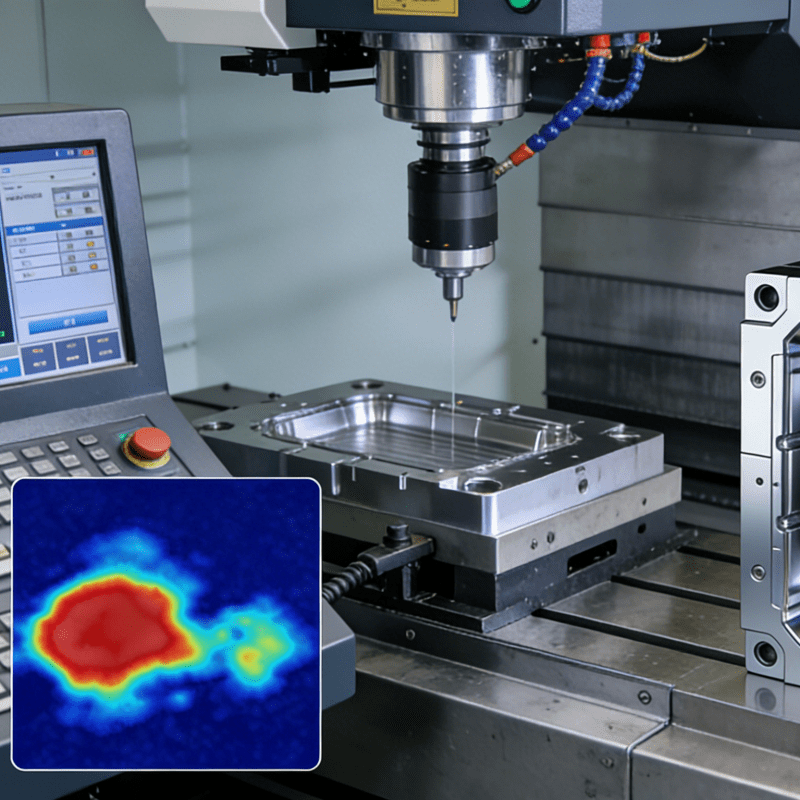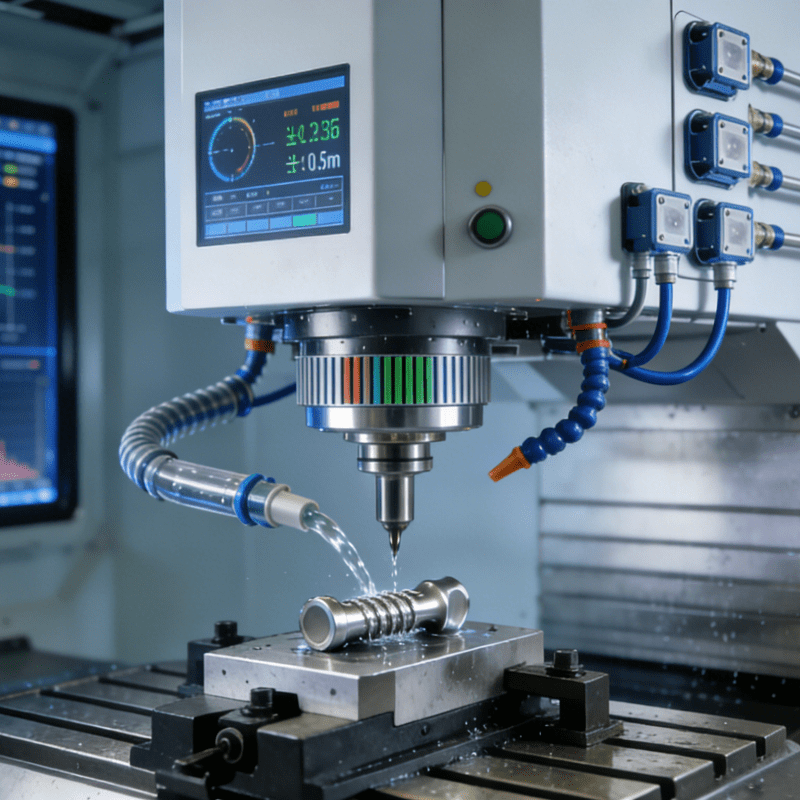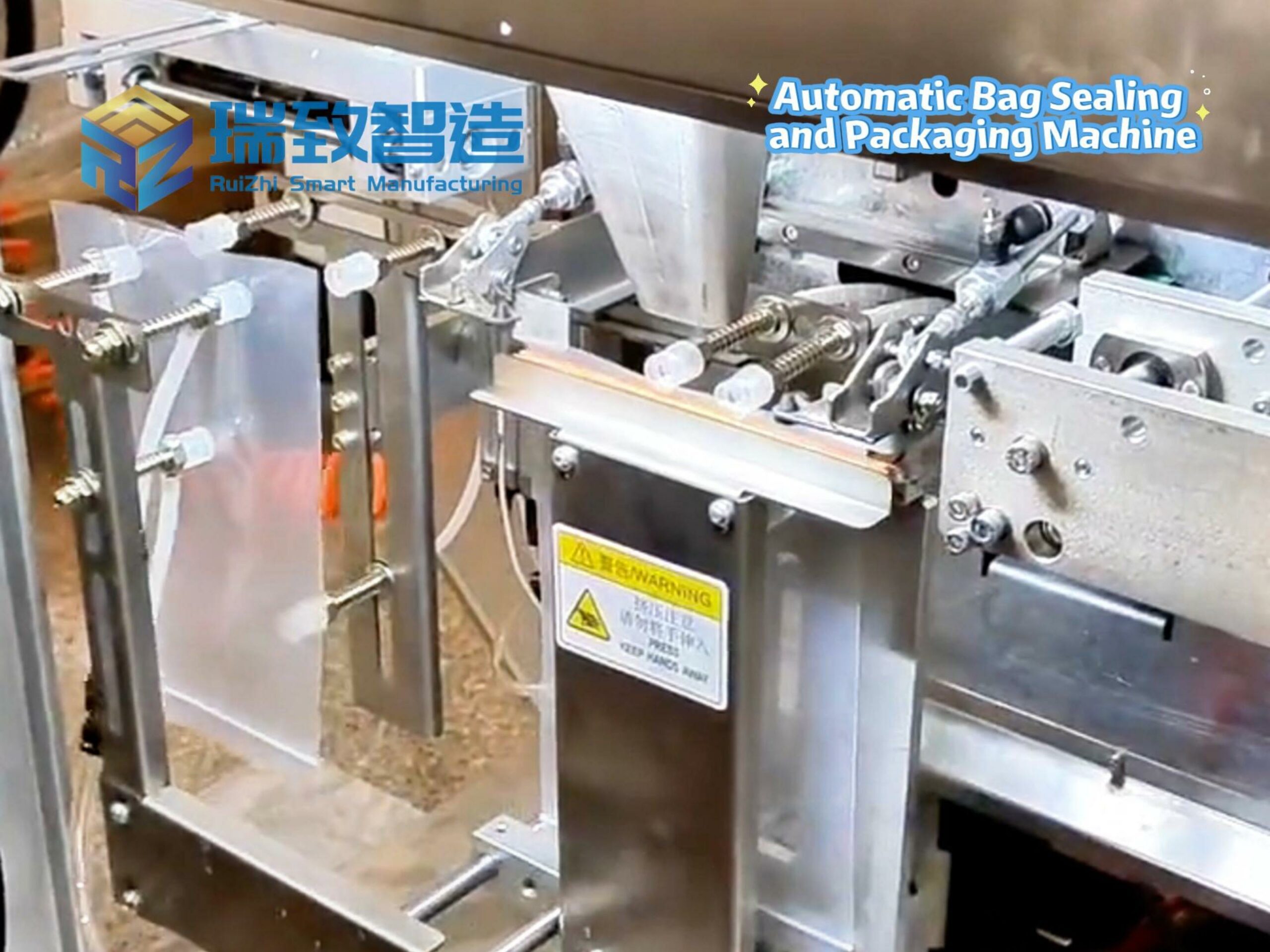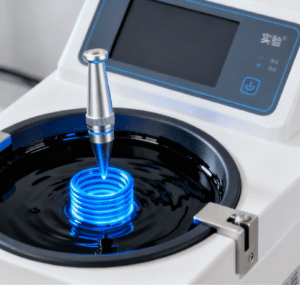
Precision machining technology is a manufacturing technique that achieves dimensional control ranging from the micron level (10⁻⁶ meters) to the nanometer level (10⁻⁹ meters) through high-precision equipment and processes. It covers specialized fields such as ultra-precision turning, grinding, laser machining, and electrical discharge machining. Breakthroughs in this technology are profoundly reshaping the design concepts and performance boundaries of medical precision equipment. The significant enabling effects of technology are evident across various aspects: from the operational accuracy of surgical instruments and the biocompatibility of implantable devices to the manufacturing of core components for diagnostic equipment and the miniaturization of wearable medical devices.
The demand for machining accuracy in modern medical equipment has advanced from the traditional millimeter level (10⁻³ meters) to the submicron level. For instance, the grid accuracy of cardiovascular stents must be controlled within 50 microns, and the surface roughness of artificial joints needs to be less than 0.1 microns. This technological iteration relies not only on accuracy upgrades of machine tool hardware but also benefits from the collaborative breakthroughs of software technologies such as digital twin modeling and error compensation algorithms. Together, they form a composite technology system of “hardware accuracy + software control,” providing fundamental support for functional innovation in medical equipment.
Specific Impacts of Core Machining Technology Breakthroughs
➤ Ultra-Precision Material Machining: Expanding the Application Boundaries of Medical Materials
The machining of traditional medical materials (e.g., stainless steel, aluminum alloys) has become mature. However, new medical materials such as titanium alloys (e.g., Ti-6Al-4V), medical polymer materials (e.g., polyetheretherketone/PEEK), and bioceramics (e.g., hydroxyapatite) pose machining challenges due to their high hardness, brittleness, or strong viscosity.Ultra-precision grinding technology, through nanometer-level dressing of diamond grinding wheels, can achieve a surface roughness of Ra ≤ 0.05μm for titanium alloy artificial joints—more than 5 times better than traditional grinding.Laser micromachining technology can create microholes with a diameter of 50 microns in PEEK materials, meeting the structural design requirements of drug-eluting stents.Notably, the integration of flexible automatic loading and unloading vibrators in the production process has further enhanced the efficiency and consistency of ultra-precision machining. This equipment realizes micron-level precise sorting and positioning of medical components, providing continuous and stable feeding for ultra-precision grinding machines and laser micromachining equipment, reducing errors caused by manual intervention, and ensuring uniform processing quality of high-volume parts such as titanium alloy bone screws and PEEK stents.Improved material machining accuracy directly enhances the biocompatibility of implantable devices. For example, the surface of precision-machined titanium alloy bone screws, treated with electrochemical polishing, can reduce protein adsorption by 30%, lowering the risk of inflammation caused by cell adhesion. Such technological breakthroughs enable more high-performance materials to move from laboratory research to clinical application, driving the upgrade of medical equipment from “usable” to “durable + comfortable.”
➤ Nanometer-Level Precision Control: Innovating the Performance of Minimally Invasive Surgical Instruments
The popularization of minimally invasive technologies (e.g., laparoscopic surgery, neurointerventional surgery) imposes strict requirements on the operational accuracy of instrument tips. Precision machining technology achieves breakthroughs in the following dimensions:
Geometric accuracy: Using air hydrostatic bearing machine tools to machine surgical forceps joints, the rotational clearance can be controlled within 1 micron, eliminating the “jamming” issue of traditional instruments.
Surface accuracy: Magnetorheological finishing technology enables the surface roughness of ultrasonic scalpel tips to reach Ra ≤ 0.02μm, reducing the probability of tissue adhesion.
Motion accuracy: Five-axis linkage machining based on error compensation algorithms achieves a bending radius error of ≤ 5 microns for the tip of vascular interventional catheters, improving maneuverability in complex vascular environments.
These technological advancements allow doctors to perform precise anastomosis of blood vessels with a diameter of less than 1 millimeter, transforming surgeries such as coronary artery bypass grafting from “invasive open procedures” to “precision interventional procedures.” This significantly reduces patient trauma and recovery time.
➤ Micro-Nano Structure Machining: Spurring Innovation in Miniaturized Medical Equipment
The miniaturization of devices such as wearable blood glucose meters and implantable cardiac pacemakers relies on micro-nano machining technology to construct complex internal structures. Examples include:
Lithography, Electroforming, and Molding (LIGA) technology: Producing micro-gears with a thickness of 50 microns for precise drug delivery control in insulin pumps.
Focused Ion Beam (FIB) machining: Etching electrode arrays with a width of 100 nanometers on the surface of chip-level sensors to improve the accuracy of physiological signal collection.
Microfluidic chip machining: Using ultraviolet laser micromachining to build 500 micron-level channels on a 3cm² chip, enabling multi-parameter simultaneous analysis in portable biochemical detectors.
The popularization of miniaturized equipment not only enhances user convenience for patients but also shifts medical scenarios from hospitals to homes, accelerating the arrival of the personalized medicine era.
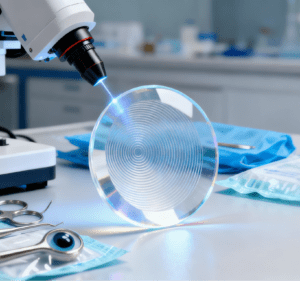
➤ Surface Functional Machining: Enhancing the Biological Safety of Equipment
The surface properties of medical equipment directly affect its clinical effectiveness. Precision machining technology achieves breakthroughs through two approaches:
Surface texture machining: Creating micro-groove structures with a 5-micron cycle on the surface of intraocular lenses can reduce protein adsorption by over 90%, delaying the recurrence of post-operative cataracts.
Coating deposition technology: Using magnetron sputtering to deposit a 5-micron-thick diamond-like carbon (DLC) coating on the surface of surgical instruments enhances the instruments’ wear resistance by 10 times while reducing bacterial adhesion by 40%.
The combination of these surface treatment technologies and precision machining processes forms a complete technology chain from “structural accuracy” to “functional accuracy,” effectively addressing the biocompatibility challenges faced by traditional equipment.
Technology-Driven Transformation of the Medical Equipment Industry
Breakthroughs in precision machining technology are not merely improvements in manufacturing accuracy but also the underlying engine for innovation in the medical equipment industry. Through coordinated advancements in four dimensions—material machining, precision control, miniaturization, and surface treatment—it drives medical equipment to achieve “three major transformations”:
An upgrade from “functional realization” to “precision treatment” in therapeutic efficacy;
An innovation from “large-scale” to “miniaturized” in form;
An iteration from “mechanical performance priority” to “balanced focus on biological safety and functional integration” in design concepts.
With the advancement of research and development in cutting-edge technologies such as electron beam machining and quantum metrology, the accuracy of precision machining is expected to enter the sub-nanometer level (<10 nanometers) in the future. This will lay the foundation for disruptive applications such as targeted drug delivery by nanorobots and cell-level diagnostic and therapeutic equipment. The medical equipment industry will exhibit a development trend of “technology defining products,” and precision machining technology will remain a core driver, releasing greater value in improving medical efficiency and enhancing patient outcomes.
Would you like me to compile a medical precision equipment production automation supporting equipment list that includes flexible automatic loading and unloading vibrators and other supporting technologies mentioned in the article, along with their core performance parameters?
Robots realize the automated assembly of automotive connectors



